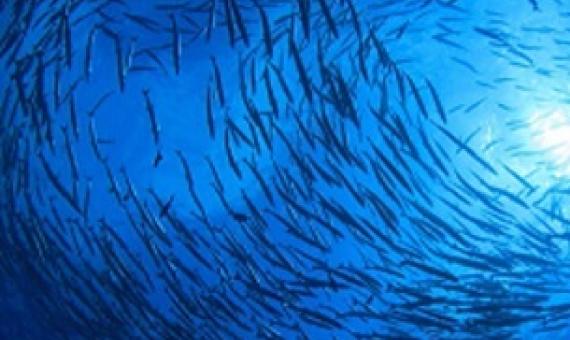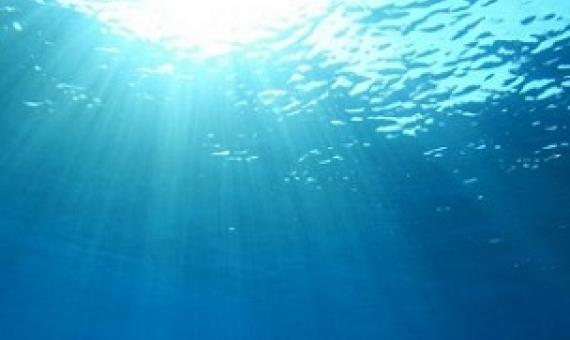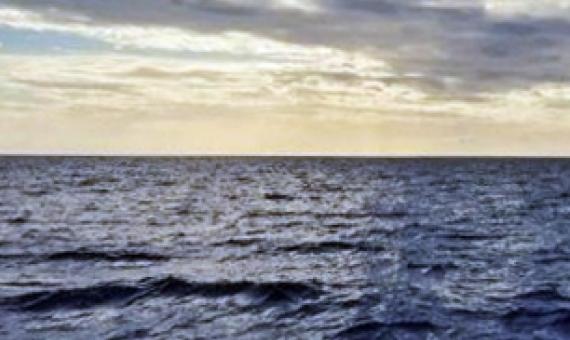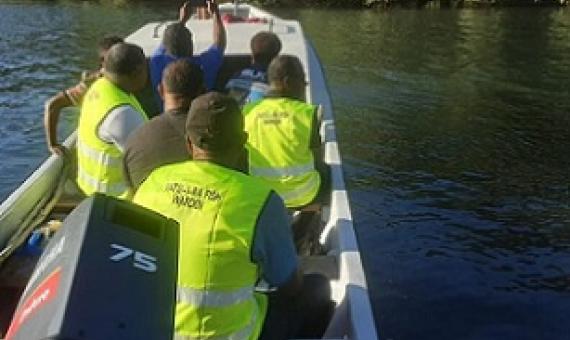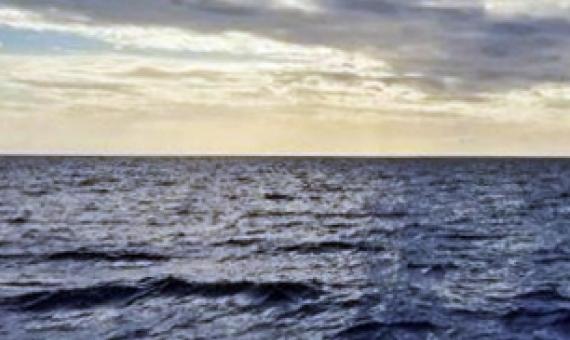Yasayasa Moala received unanimous support for the Lau Seascape initiative, which the government intends to implement for six blocks of ocean in the Lau waters.
The second phase of the 30×30 Marine Protected Area awareness and consultation for the province of Lau is now underway at Naroi Village in Moala Island...The 30×30 initiative will cover oceans outside of the archipelagic waters but within Fiji’s Exclusive Economic Zone.
Roughly 10 million square kilometres of the ocean must be annually brought under Marine Protected Areas (MPA) to protect 30 per cent of the world’s ocean by 2030, according to experts speaking at the ongoing fifth International Marine Protected Areas Congress.
Enric Sala is both a leading ocean explorer and a visionary. Originally an academic, he grew tired of “writing the obituary of ocean life”, and decided to start a new career finding ways to protect it.
Participants at the fifth International Marine Protected Areas Congress (IMPAC5) welcomed other effective area-based conservation measures (OECMs) as a tool for establishing conservation structures alongside marine protected areas (MPAs) that empower Indigenous leadership and governance.
How do we go from protecting eight percent of marine areas to 30 percent in less than 10 years?
Illegal fishing continues to be a challenge in Vatu-i-Ra waters, the site of Fiji’s biggest conservation park. So much so that local fish wardens are hoping they would be equipped with more patrol boats to boost monitoring and surveillance in the area, where fishing is banned and public acce
Half a century of rising extinction risk of coral reef sharks and rays
Sharks and rays are key functional components of coral reef ecosystems, yet many populations of a few species exhibit signs of depletion and local extinctions. The question is whether these declines forewarn of a global extinction crisis. We use IUCN Red List to quantify the status, trajectory, and threats to all coral reef sharks and rays worldwide. Here, we show that nearly two-thirds (59%) of the 134 coral-reef associated shark and ray species are threatened with extinction. Alongside marine mammals, sharks and rays are among the most threatened groups found on coral reefs.
UNESCO on Wednesday heaped praise on establishing a global biodiversity snapshot of marine species across 25 of the world´s most unique marine protected areas.
Spillover benefits from the world’s largest fully protected MPA
Previous research has cast doubt on the potential for marine protected areas (MPAs) to provide
refuge and fishery spillover benefits for migratory species as most MPAs are small relative to the
geographic range of these species.Call Number: [EL]Physical Description: 5 p.



